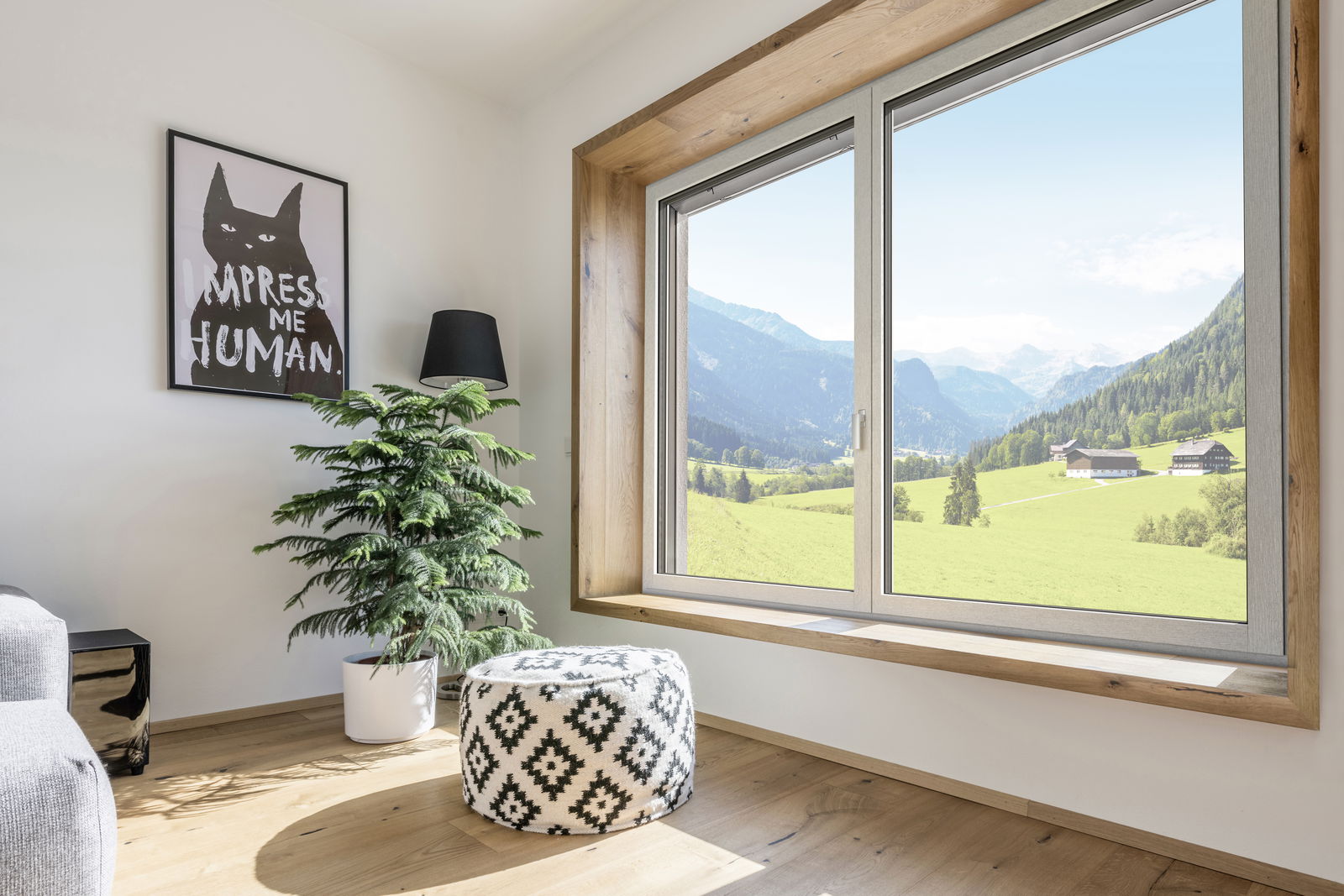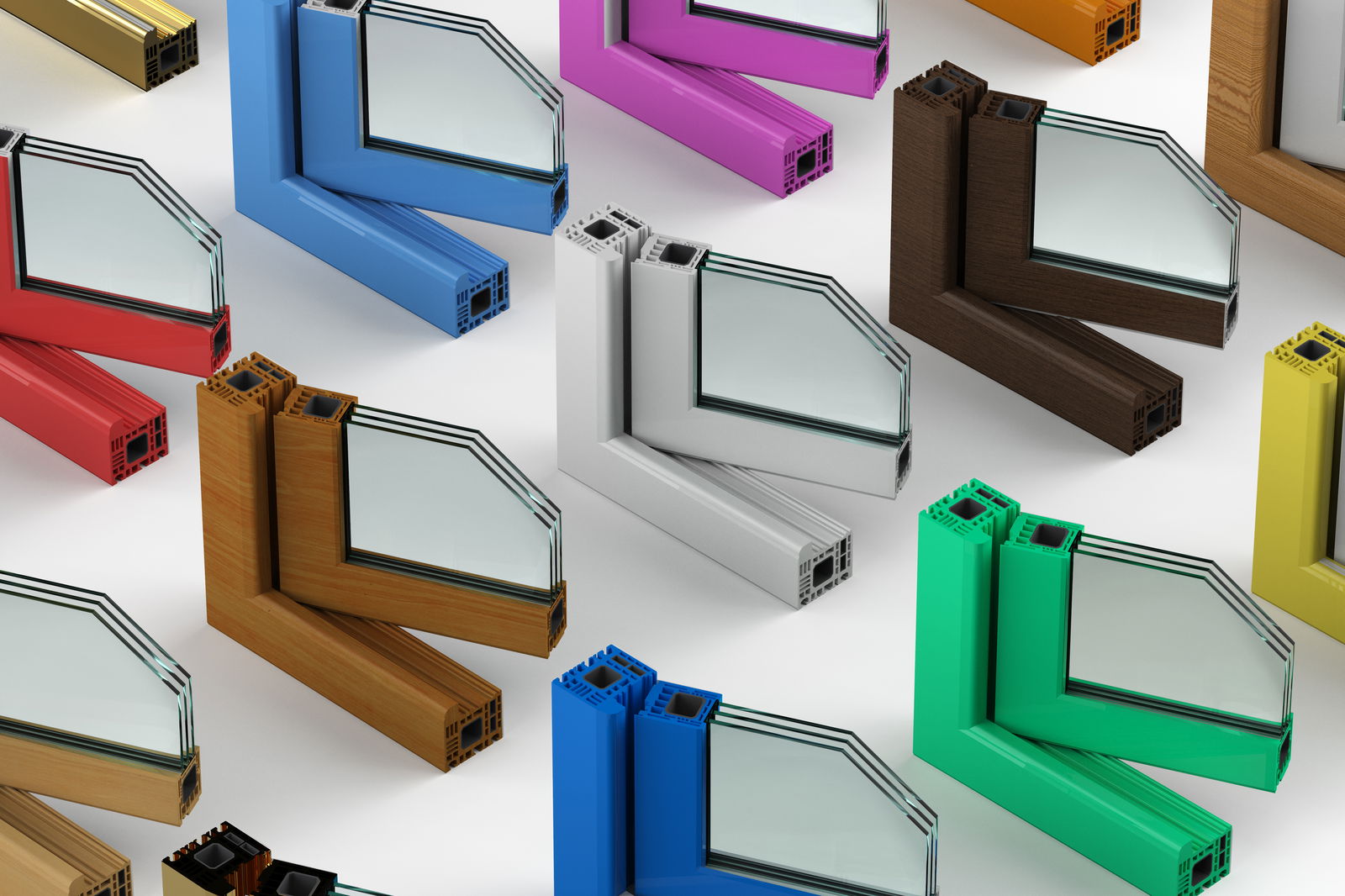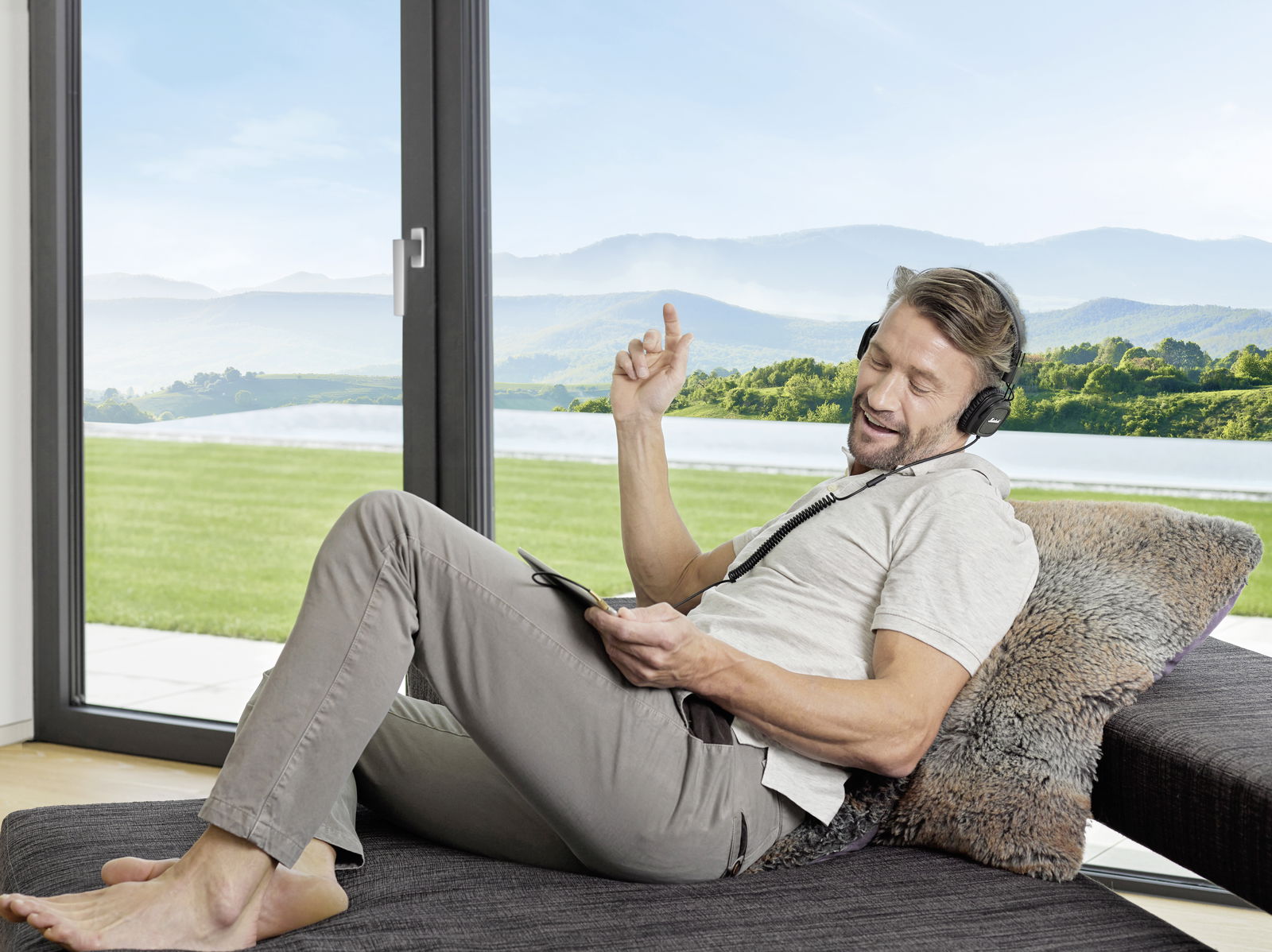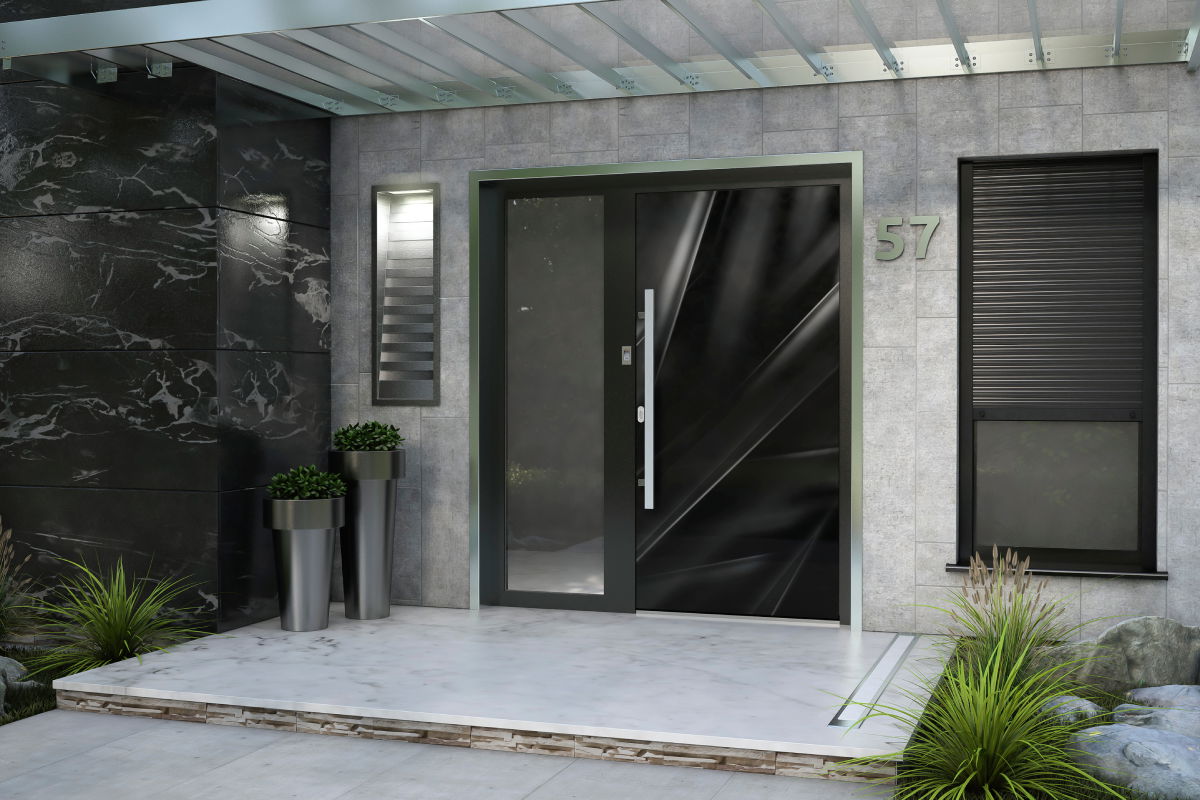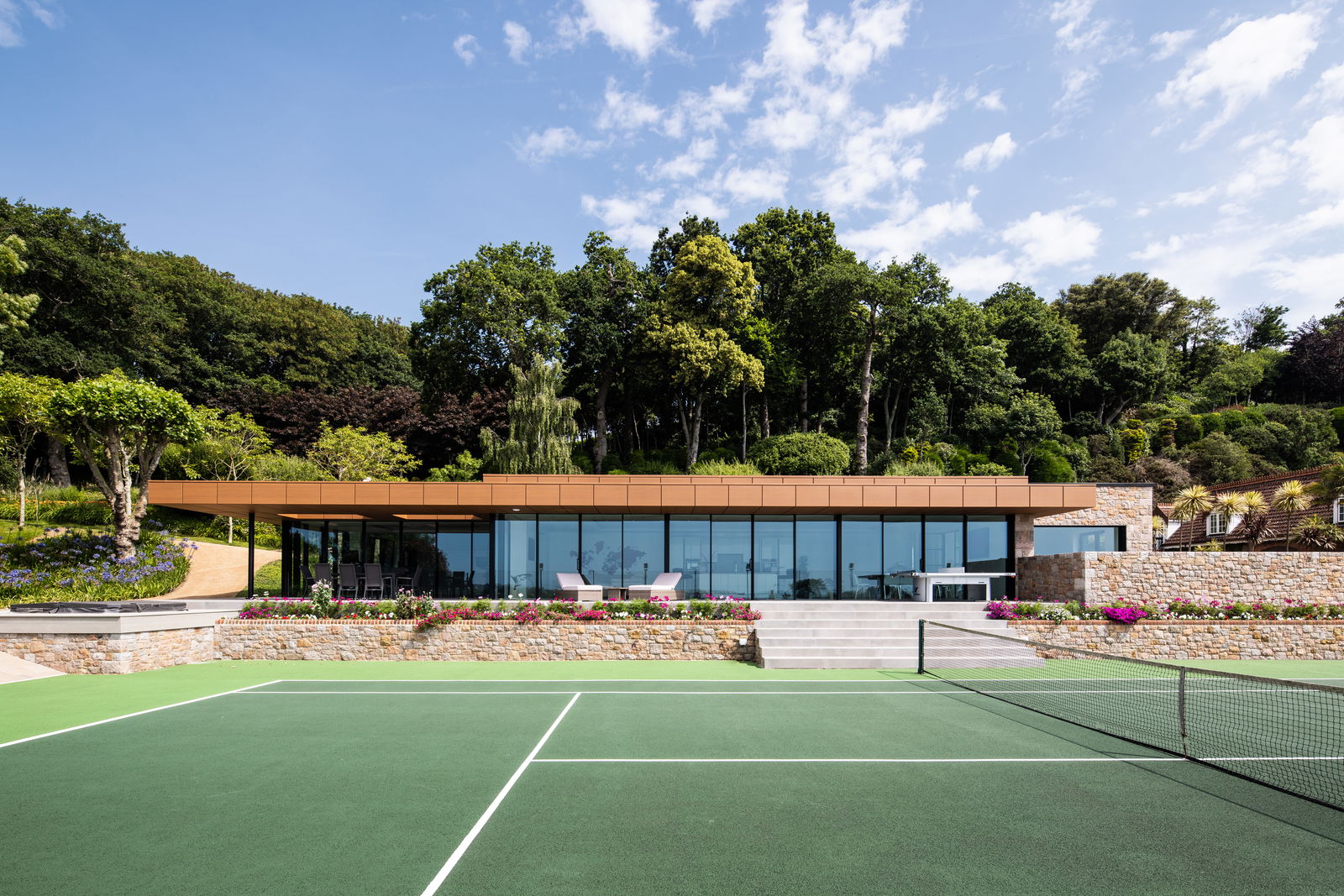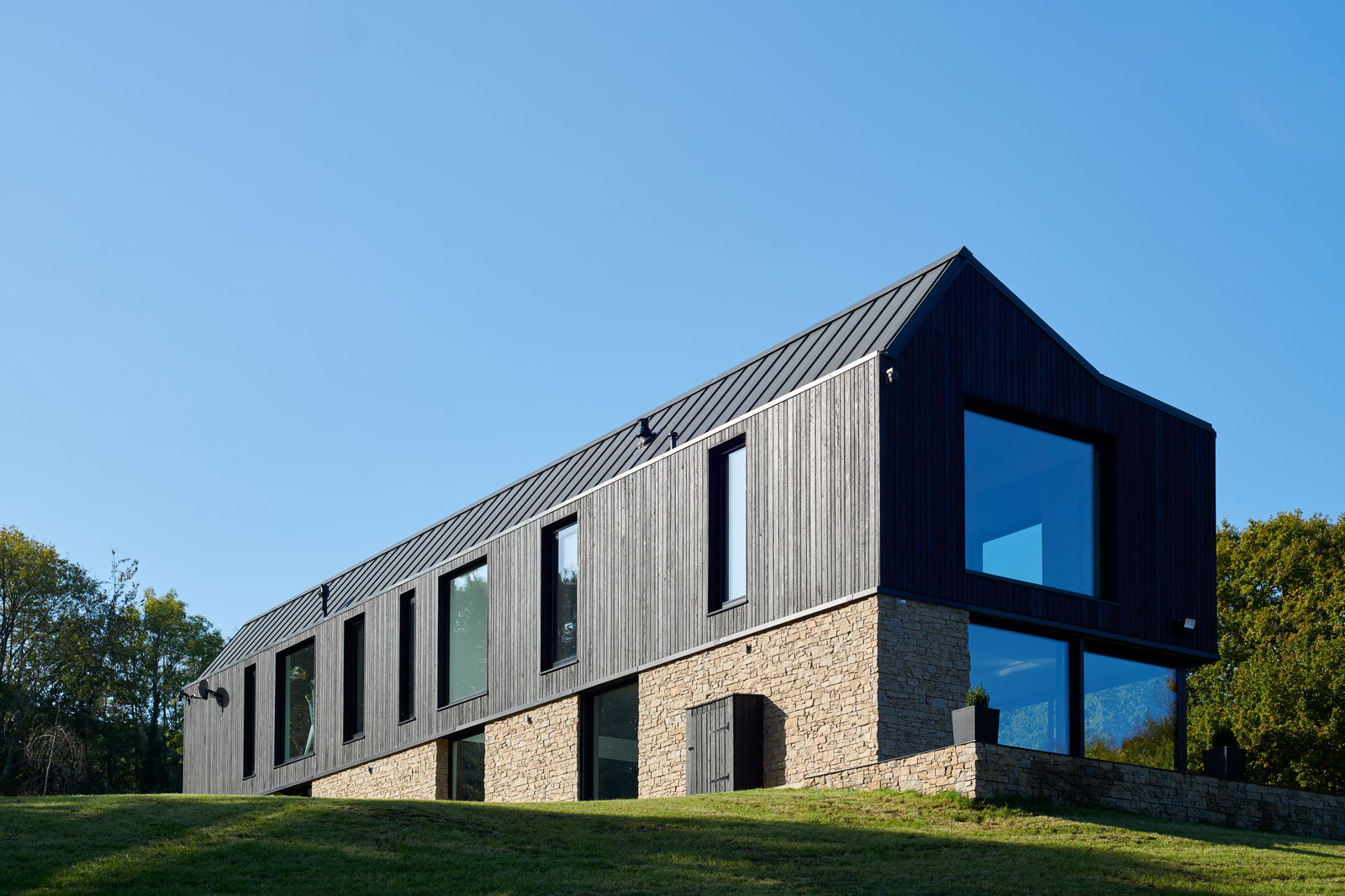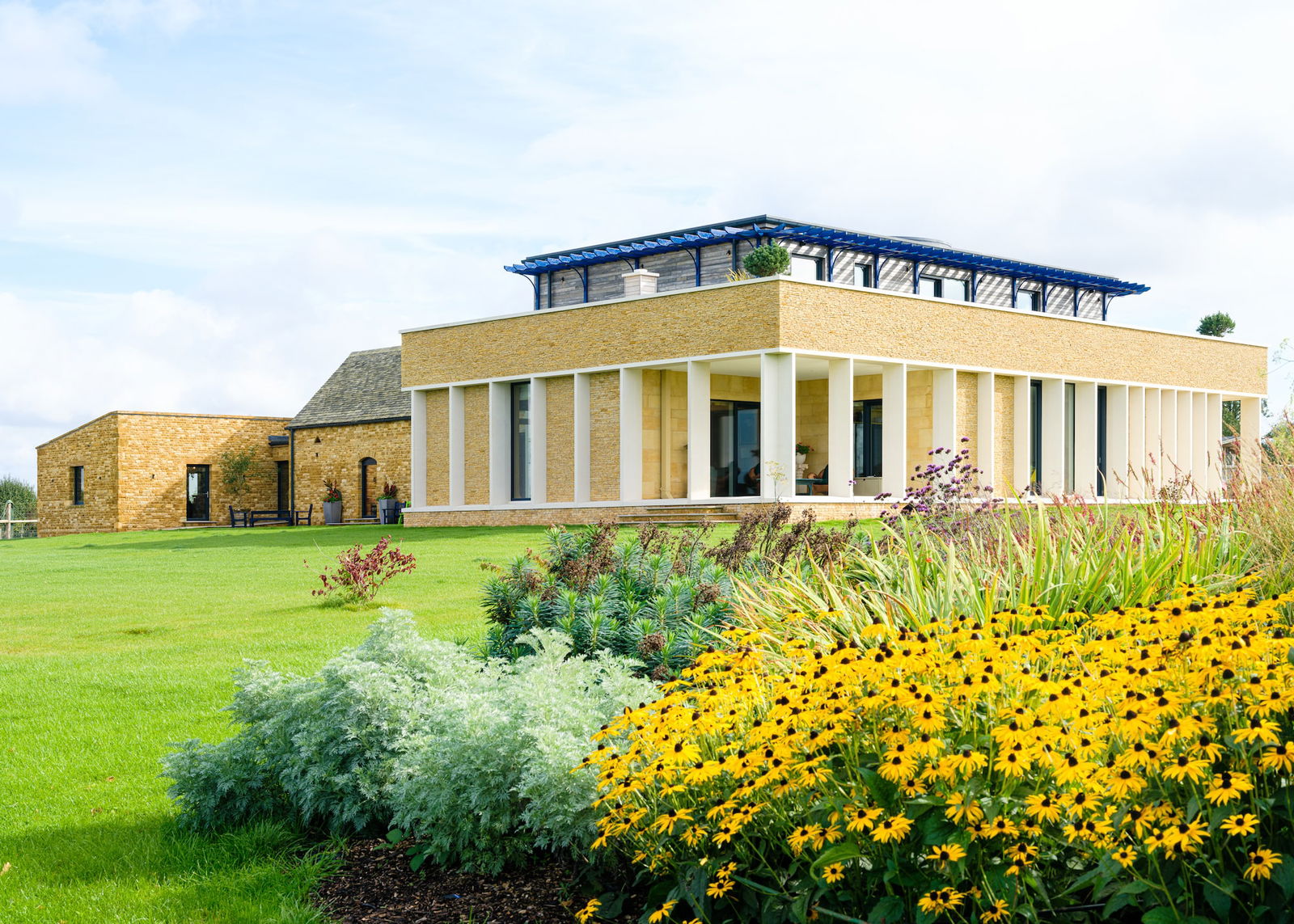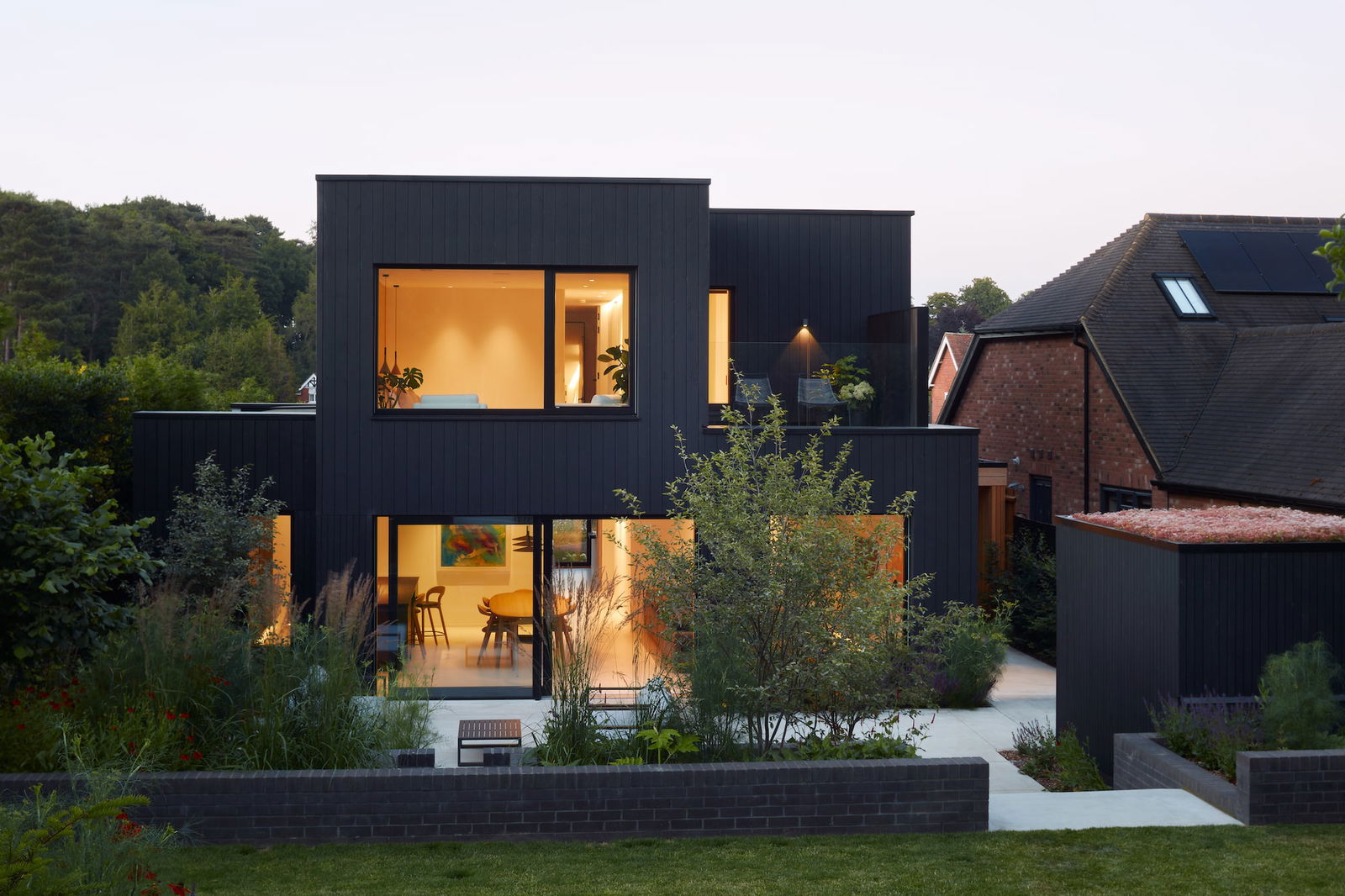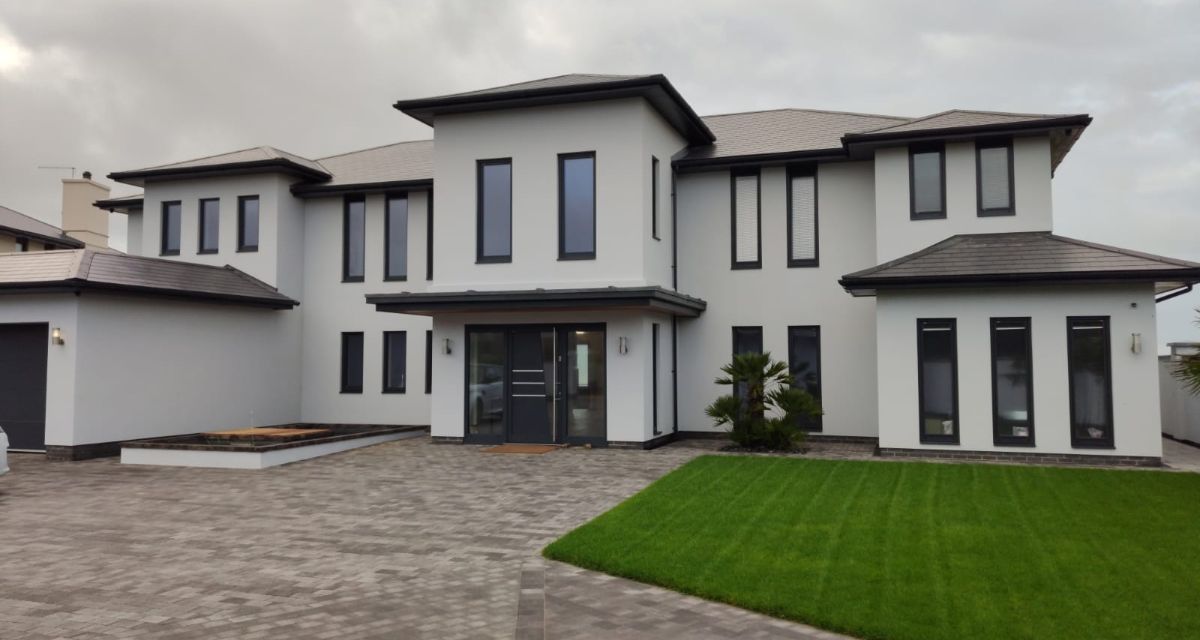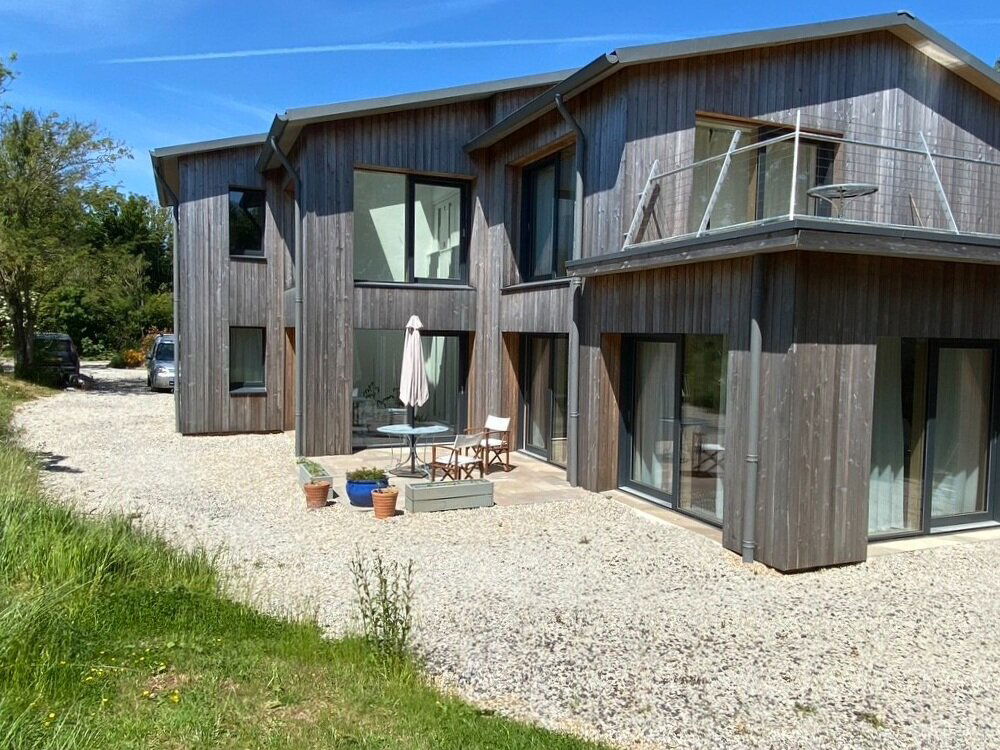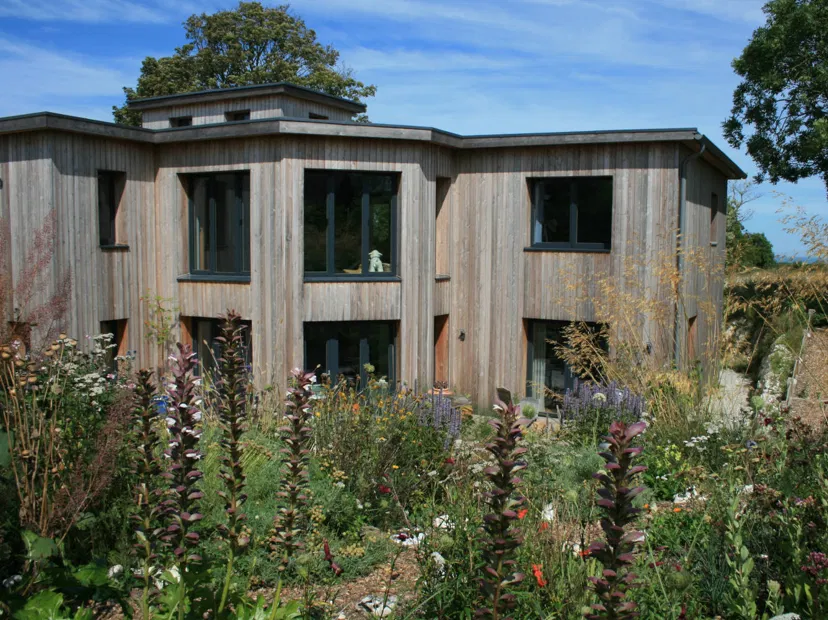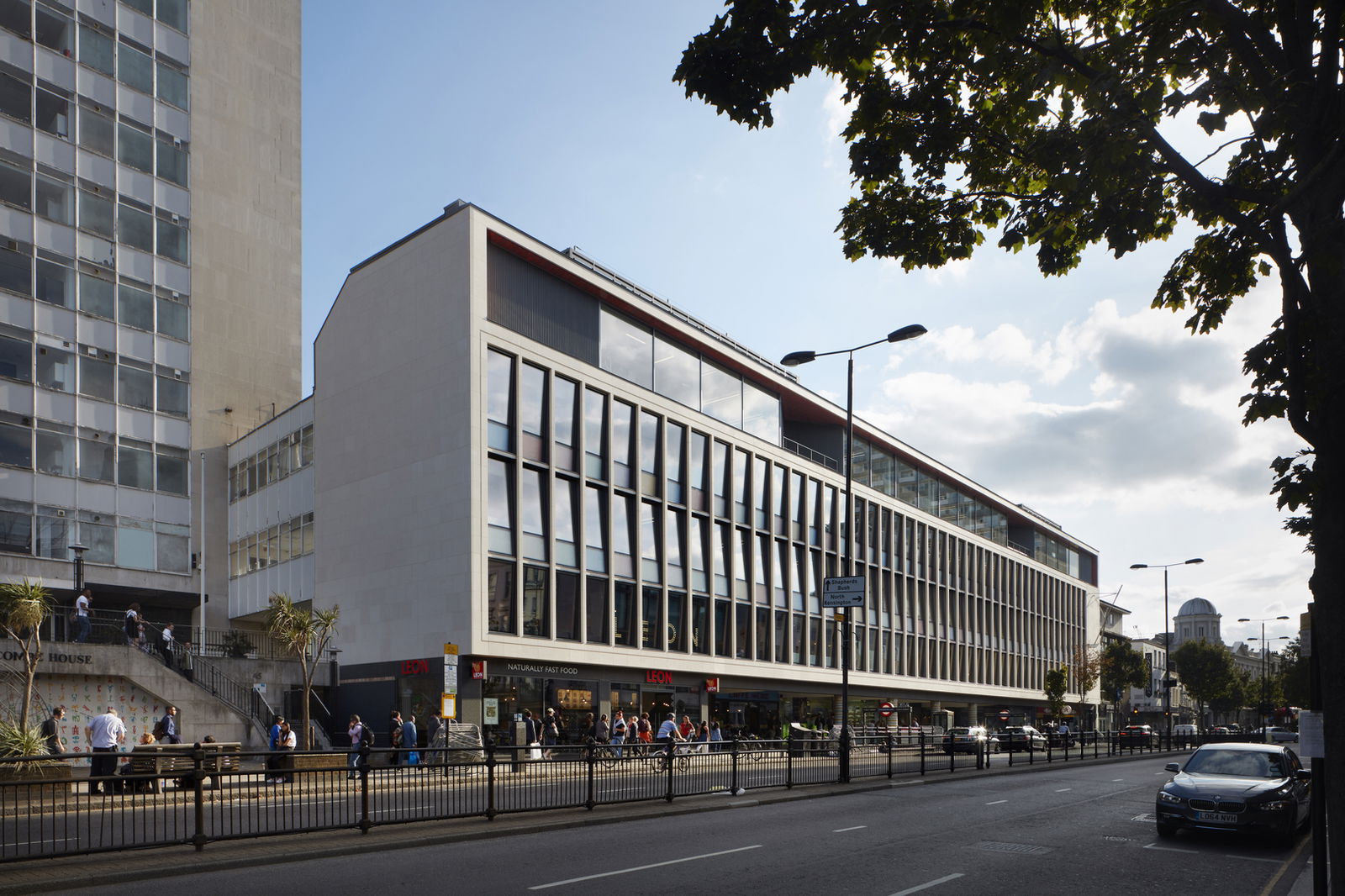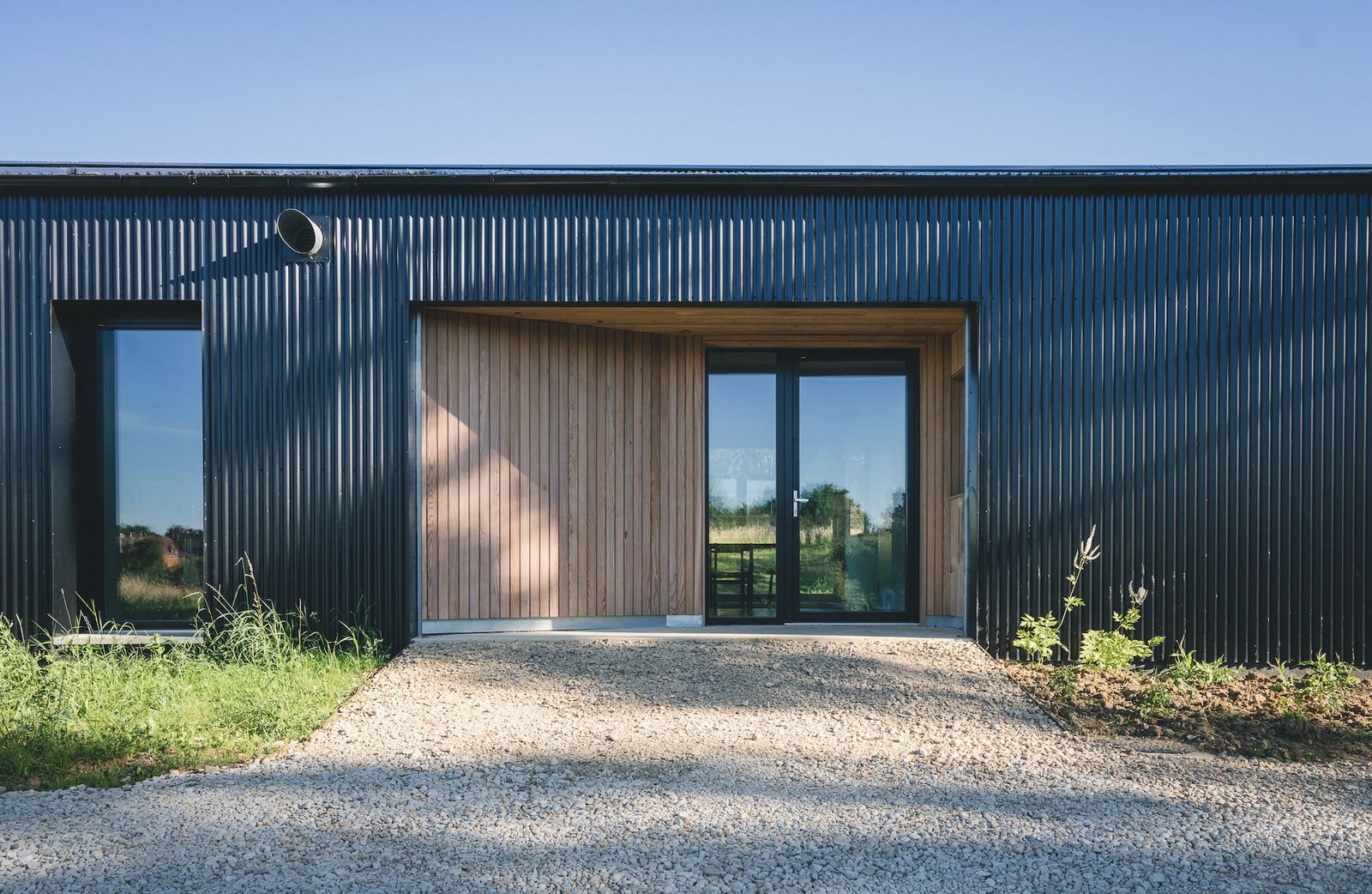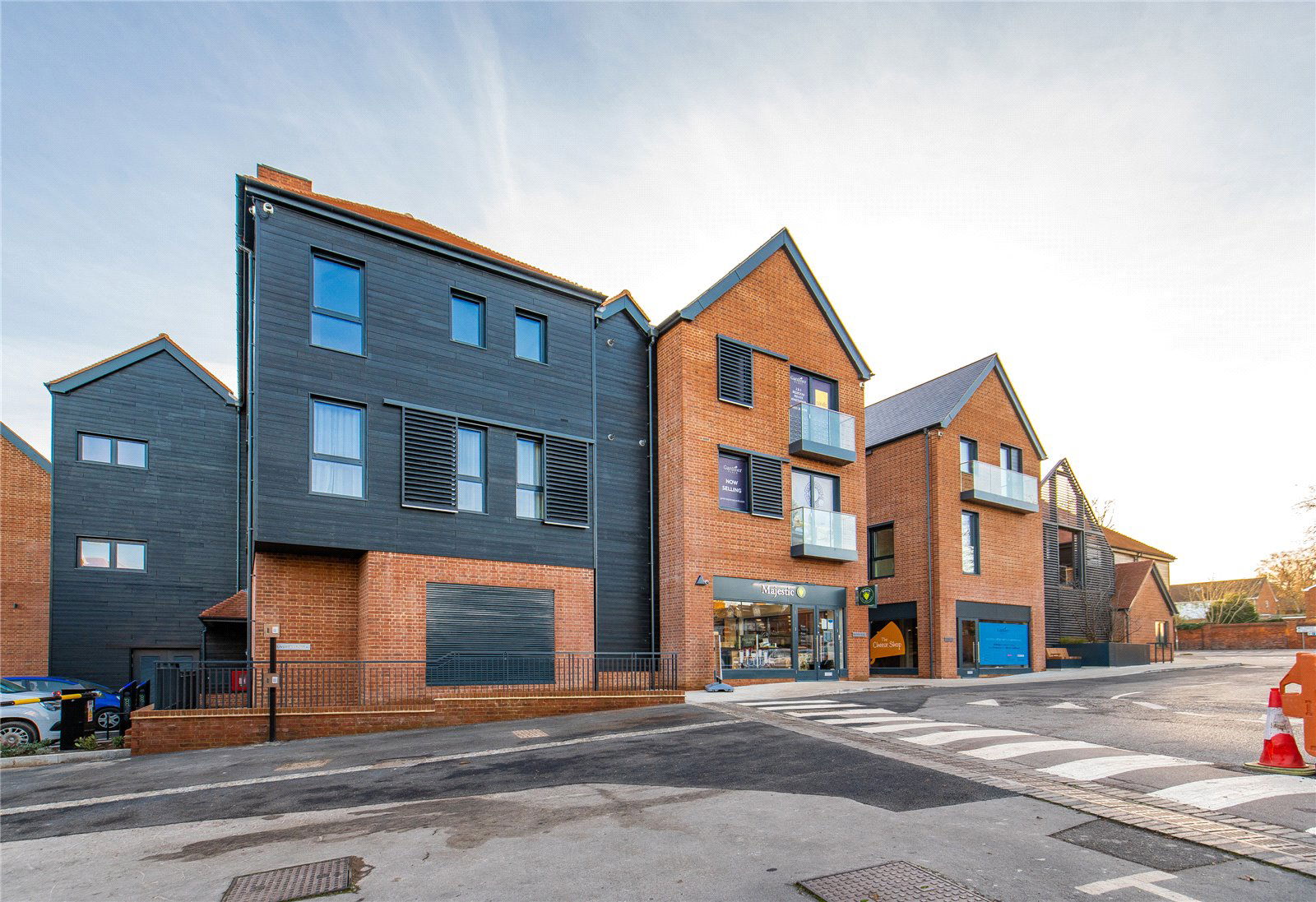Year-Round Comfort in a Changeable Climate
From damp Yorkshire mornings to unexpected summer heat in the South East, UK weather is nothing if not unpredictable. Passive Houses are designed to maintain a comfortable internal temperature year-round through robust insulation, airtight construction, high-quality glazing, and mechanical ventilation with heat recovery (MVHR). These elements work together to keep homes warm in winter, cool in summer, and energy efficient all year round.
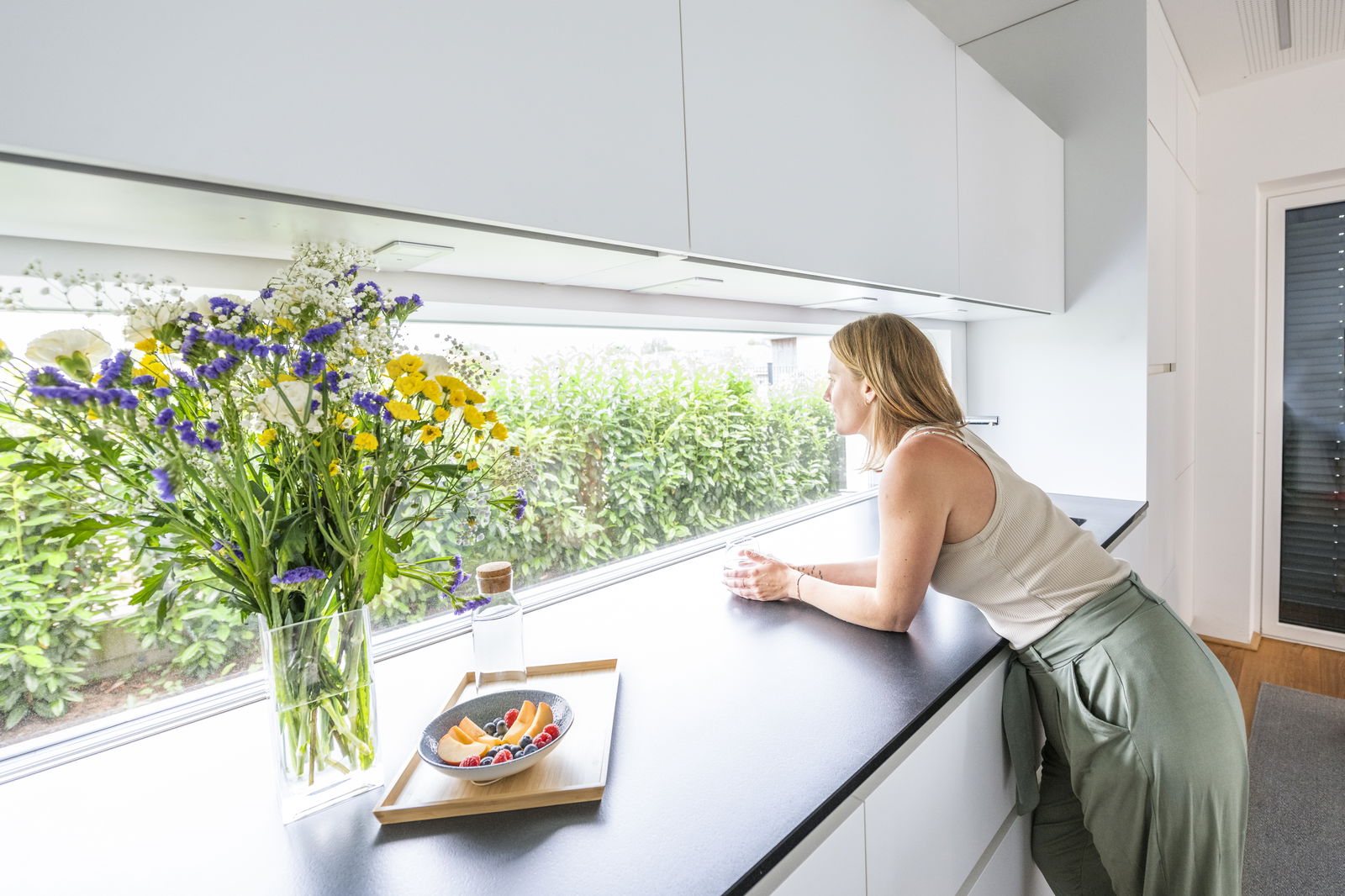
Quieter Living in Urban Environments
Triple-glazed windows and high-performance envelopes don't just conserve heat—they significantly reduce noise pollution too. For homes near roads, train lines, or city centres, Passive House standards create peaceful indoor environments that improve sleep, reduce stress, and support concentration.
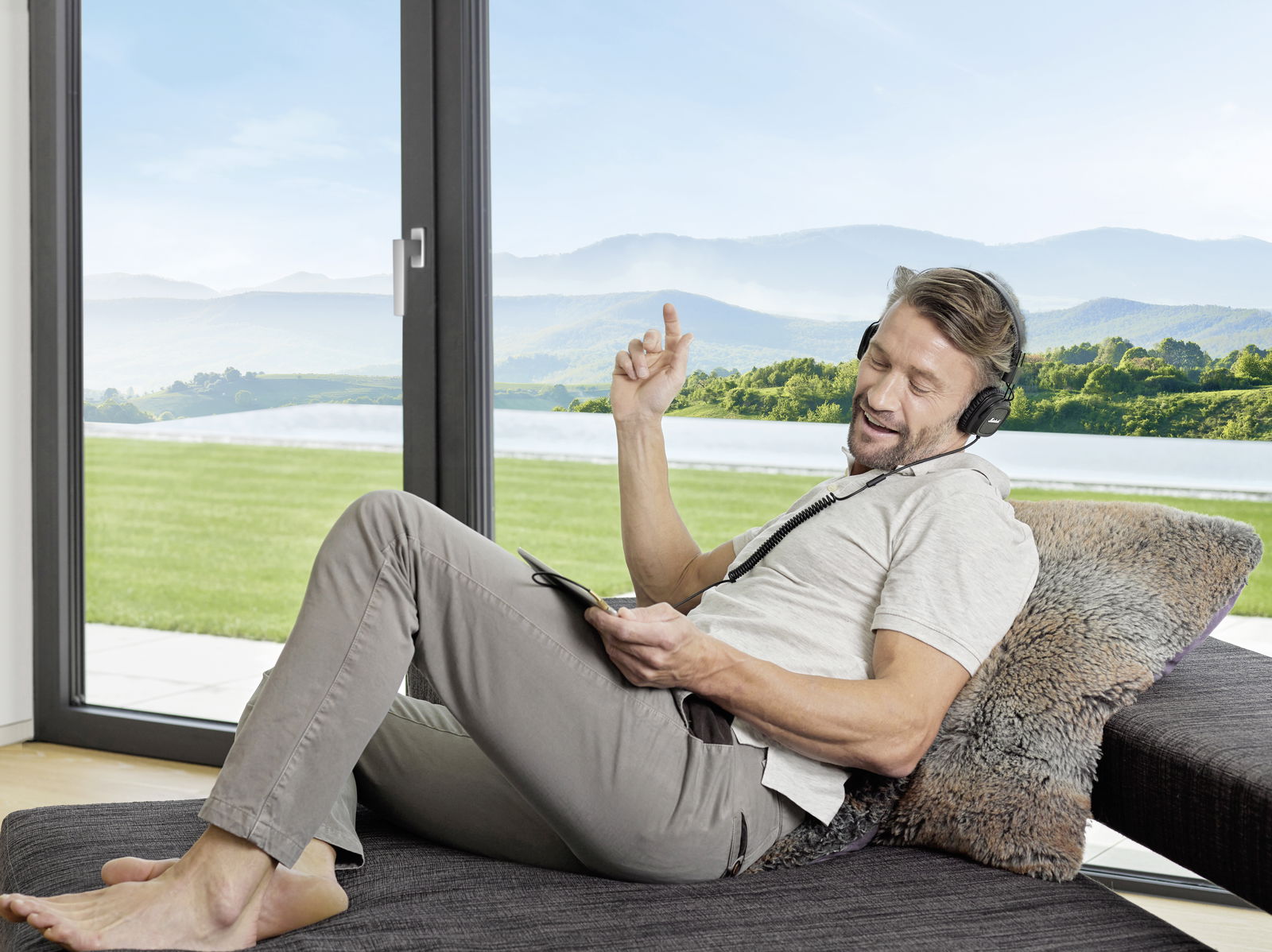
Reduced Energy Bills—and Predictable Costs
The airtight design and continuous insulation in Passive Houses lead to up to 90% less energy consumption for heating compared to standard UK homes. With current volatility in energy prices, that level of efficiency offers meaningful protection against future cost increases.
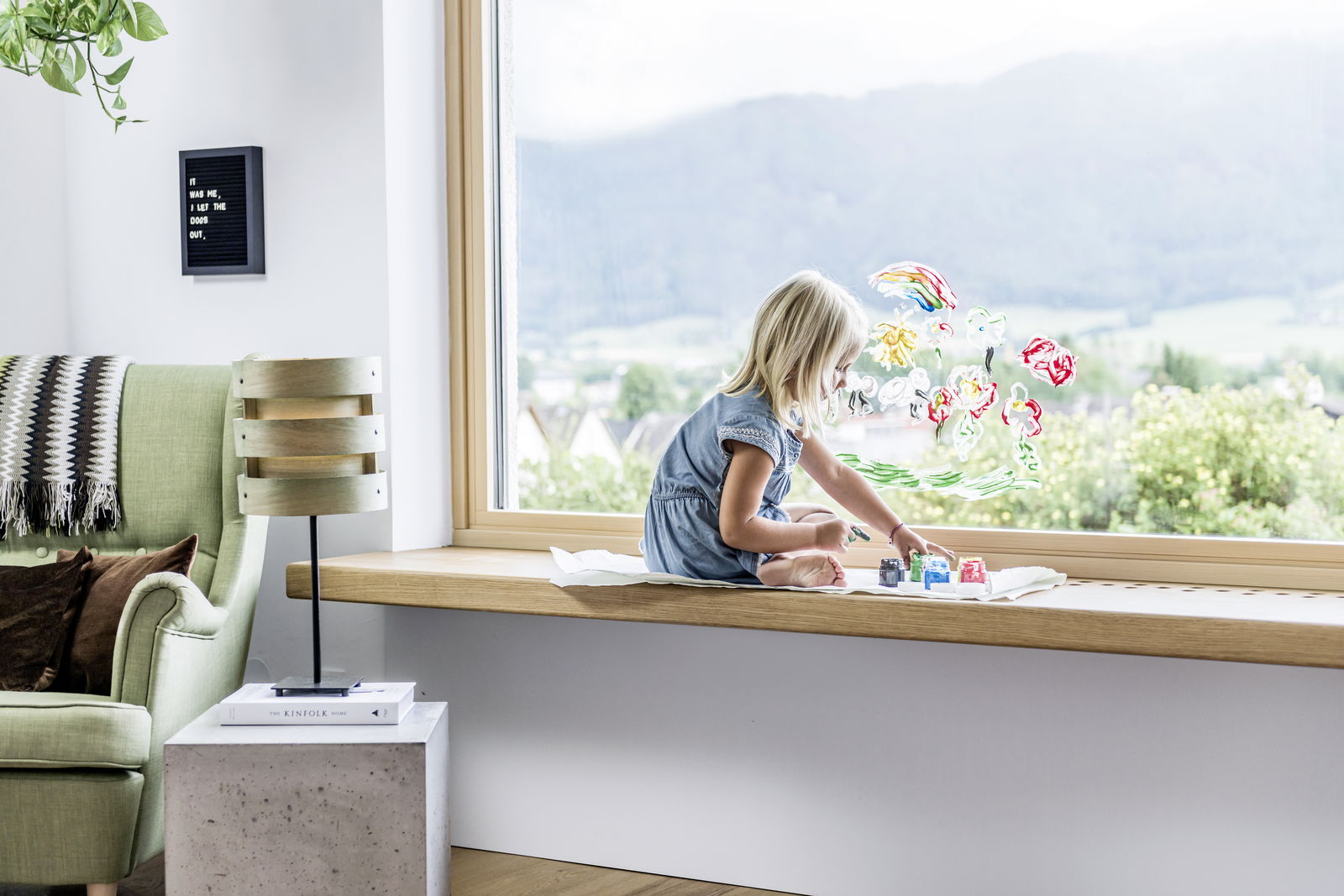
Case Study: Black Barn Studios, Oxfordshire
AT-ECO is proud to have supplied the high-performance windows and doors for Black Barn Studios, an award-winning example of sustainable architecture designed by Charlie Luxton Design. This beautifully repurposed agricultural building meets Passivhaus principles and was awarded the Sustainability Prize in the AJ Small Projects Awards 2023.
Our team provided Internorm’s HF 410 timber-aluminium windows and HS 330 lift-and-slide doors—contributing to the building’s exceptional airtightness rating of 0.3 ACH @ 50Pa. These systems, combined with triple glazing and solar protection, helped the building achieve Passive House-level energy efficiency, comfort, and environmental performance.
What makes Black Barn Studios particularly special is its ability to combine cutting-edge sustainability with aesthetic harmony. The studio not only operates with a dramatically reduced energy footprint, but also offers a warm, light-filled environment that prioritises both beauty and function.

Cleaner Air, Healthier Homes
MVHR systems used in Passive Houses continually circulate fresh, filtered air while extracting stale air—solving the problems of condensation, mould, and pollutants that plague many traditional UK homes. This is especially valuable in damp climates and for residents with allergies or asthma.

Supporting Physical and Mental Wellbeing
Consistent warmth, filtered air, and acoustic comfort make Passive Houses ideal for families, older adults, and individuals with health concerns. The result is more than just physical comfort—it’s a space that supports daily wellbeing and recovery.
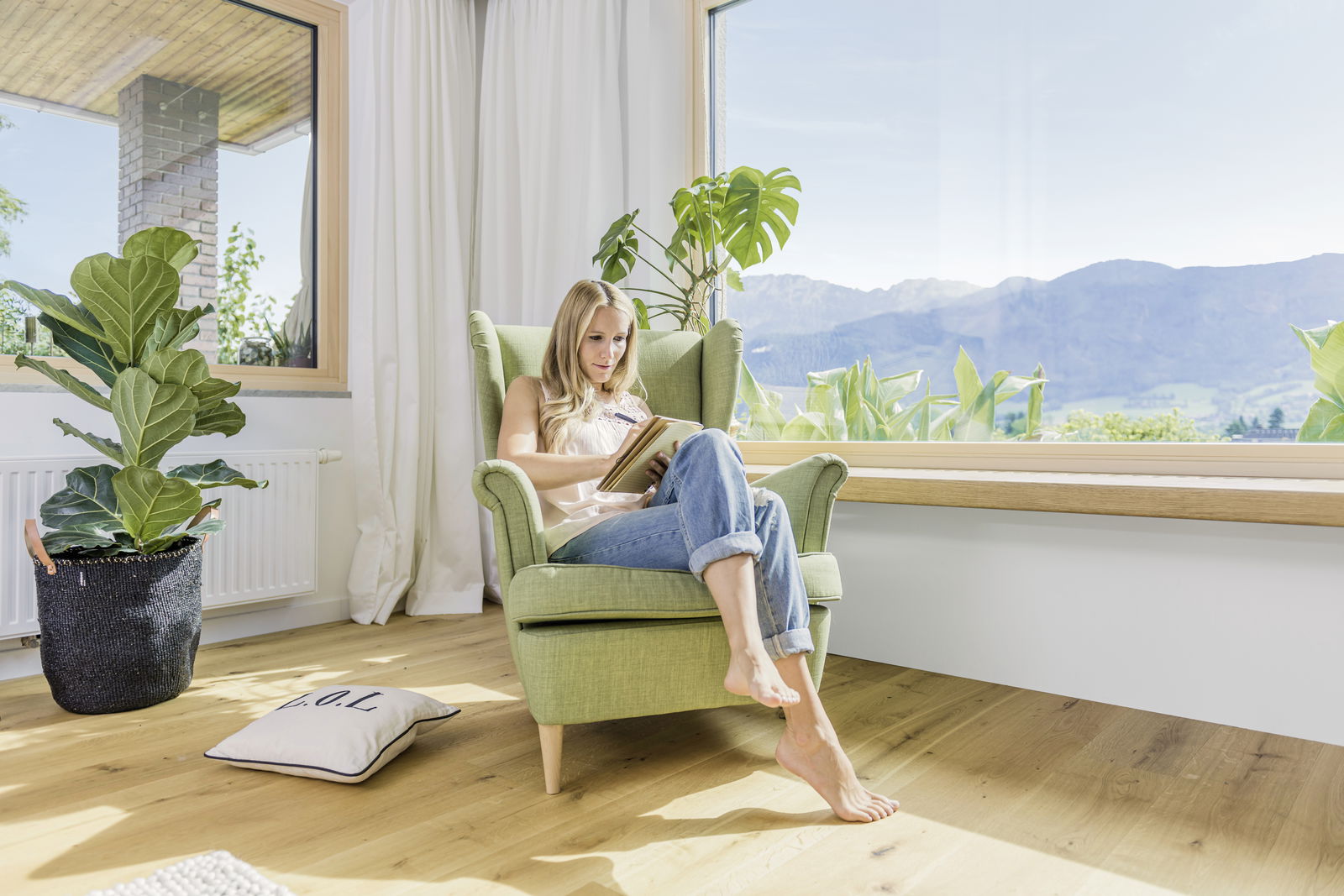
Built to Last, Designed to Perform
Using the Passive House Planning Package (PHPP), homes are modelled and constructed to achieve precise energy and performance targets. Materials are carefully selected for durability and sustainability—like FSC-certified timber, recycled insulation, or low-emission interior finishes. These buildings don’t just meet today’s standards—they’re future-proof.
